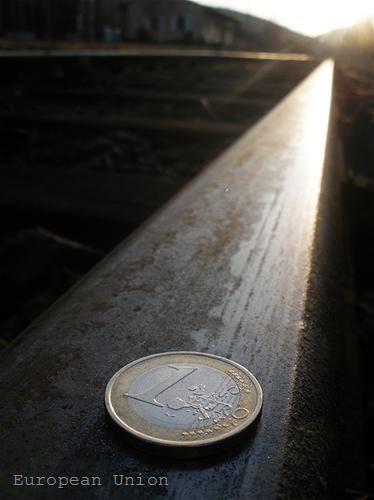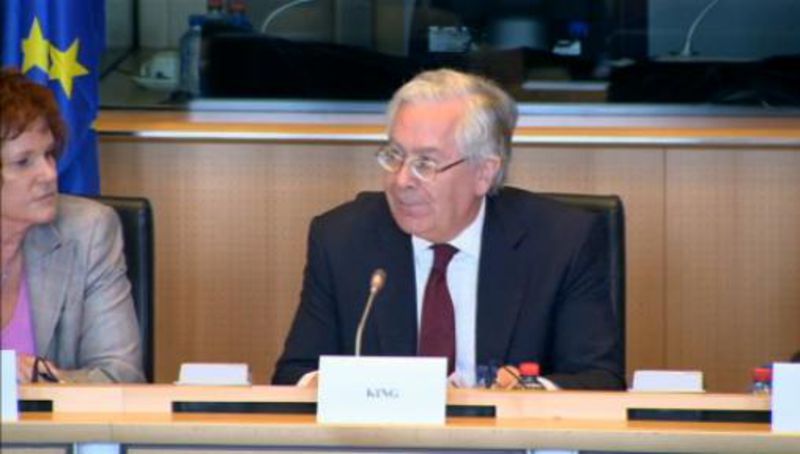The crisis and GDP as an indicator
euinside, February 15, 2010
According to the initial data of the National Institute of Statistics (NIS) the GDP of Bulgaria for 2009 was 66.2 bn levs (33.94 bn euro). This data shows almost no change, in the size of the economy, measured in levs (the national currency), compared to 2008 when the GDP was 66.7 bn levs (34.20 bn euro). GDP traditionally is the most used indicator for the real growth of an economy - measured by the quantity of produced goods and services. According to the calculations of the national statistics, the prices of the goods and services produced in Bulgaria have increase by 4.5% in 2009. Therefore - the NIS registered a real contraction of the economy by 5%.
It is important to know that the calculation of the real growth is dependent on the estimation of price changes which is not always very precise. For example, according to NIS the prices in industry increased by 8.9% in 2009 which seems surprising given the contraction of production and the decrease of most prices of the producers. This is why we recommend the usage of GDP's nominal values when business decisions are taken.
Added value in business sector
Another recommendation is to use macro indicators, filtered of sectors for which gathering of official data is difficult. Such an indicator is "the added value in the business sector, excluding agriculture", which does not include the budget sector and agriculture. Latest data show the levels of this indicator have remained the same - around 57 bn levs (29.23 bn euro) which represents a slight growth of 0.3%. It is interesting that it looks much more optimistic than the nominal change of GDP (minus 0.8%).
Investments in capital
This indicator makes very good the point why GDP is not a very good indicator for economic growth. Last year investments contracted by 5.3 bn levs (2.71 bn euro) or 24% and in the same time GDP remained almost with no change (both indicators were measured nominally in levs or euro). The foreign capitals flow happened mainly through import of goods and raw materials, enlisted with a minus in the national accounts. In other words - an imported machine for 1 mn euro increases both investments and import in the same way but GDP remains with no change on a net basis. If an independent observer is following only the GDP levels, he might not notice the contraction of investments in Bulgaria.
 | © European Union
| © European Union | © European Union
| © European Union | © European Union
| © European Union